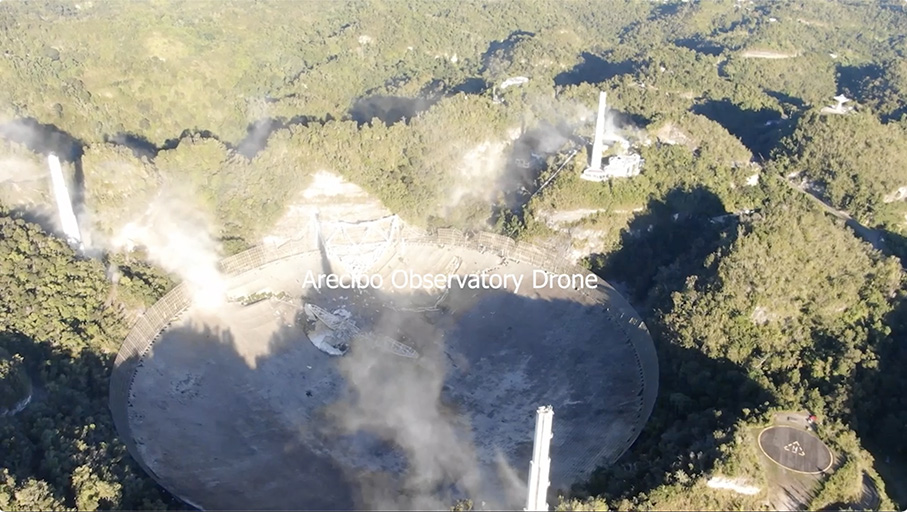AAS Message on Arecibo

Paula Szkody University of Washington, Seattle
The AAS is deeply saddened by the collapse of Arecibo Observatory's 305-meter radio/radar telescope.
These last few weeks have been difficult. Following two successive support-cable failures, Arecibo's staff, users, and supporters, as well as the observatory's principal funder, the National Science Foundation (NSF), had to weigh saving this important and iconic piece of our community and culture against the risk to human lives inherent in any attempt to repair the unstable structure.
We agree with NSF's decision to put safety first and to decommission the giant telescope after the cable breaks. This was not an easy decision, and we feel and share the heartbreak it caused within our community and throughout Puerto Rico. The subsequent collapse and destruction that occurred on 1 December deepens the sadness but reinforces the wisdom of NSF's decision.

Arecibo drove the careers of many members of the astronomical community and is a shining example of how our facilities can benefit the communities in which they are built. Thankfully nobody was hurt, and the rest of the facility can continue to operate and provide scientific and educational resources, especially for the people of Puerto Rico.
Arecibo brought us many significant discoveries: the rotation rates of Mercury and the Crab pulsar; the first exoplanet, binary pulsar, and millisecond pulsar (a discovery that led to the 1993 Nobel Prize in Physics); and the first megamaser galaxy and repeating fast radio burst. Arecibo sent messages to space as part of the search for other intelligent life in the universe, mapped the surface of Venus, studied Earth’s atmosphere and exoplanet atmospheres, measured the motions of galaxies, and observed radio emission from the early universe. The observatory was critical to planetary science and to the study of our Sun and solar system. Its radar system was an important part of our planetary defense infrastructure, monitoring potentially hazardous asteroids, and its observations of Bennu supported the OSIRIS-REx mission, which recently collected NASA's first sample of an asteroid.
We’ve seen an outpouring of community memories of Arecibo, a national treasure that changed our lives during its 57 years of operation. We look to the Decadal Survey on Astronomy and Astrophysics and to the Planetary Science and Astrobiology Decadal Survey for guidance on how to move forward.
Sincerely,
Paula Szkody
AAS President

